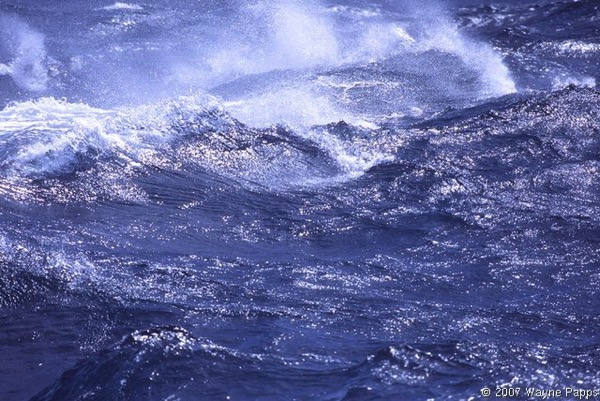Clouds Over Southern Ocean Made by Ocean Creatures
The Southern Ocean is reckoned as the cloudiest region in our planet and it almost nearly blanketed all through the year. But it might be surprising that it is the tiny marine organisms known as Phytoplankton that live in the stormy waters of the ocean that are responsible for creating these clouds.
Measuring how the gases and particles emitted by these tiny creatures entered the atmosphere to become cloud seeds was the subject of a recent study. This study was also the first large scale correlation between cloud formation and biological activity in the Southern ocean. Establishing that link constitutes a significant first move towards understanding the role played by clouds and the tiny particles of air known as aerosols in the context of climate change and climate modelling.
In climate models, aerosols and clouds constitute two important wild cards and comprehending their impact on climate gets further complex when we consider the question of how they interact with each other. Soot is a type of aerosol that comes from human activities, but we also have other natural aerosols like sulphate, sea spray and ammonium salts in the atmosphere. All these particles form the ‘seeds’ and water vapour condenses around these to become tiny droplets and turn into clouds.
Clouds can have a key role when we consider climate – but that role is complicated. The planet tends to get cooled by the low lying clouds that functions as reflectors and bouncing the solar radiation back to space. Higher clouds on the other hand tend to trap the heat and prop up warming. Climate models in the Southern Ocean have been pretty poor in capturing the influence of the clouds by estimating less reflected radiation than what actually exists. Scientists will have to understand more about aerosols that help in formation of the clouds and how they have impacted the climate over the past 2 centuries, to improve these models. But the task gets difficult for tracking in the absence of knowledge on the number of ‘natural’ aerosols present in the atmosphere before industrialisation began.
If concentration of aerosols were higher during the preindustrial times, then the impact from human perturbations to aerosols would be smaller.
This also brings into focus the Southern Ocean. Apart from being the cloudiest place on the planet, it is also one among the cleanest and relatively unharmed by human activity. That makes it the perfect laboratory for examining the interaction between cloud and aerosols.

No comments:
Post a Comment